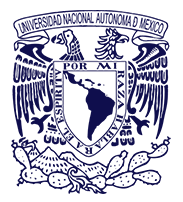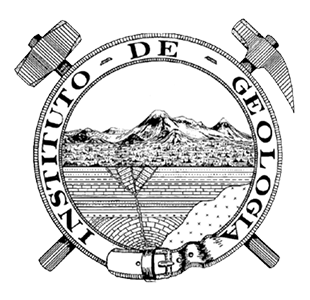Abstract
This paper deals with the oldest record of North American caviomorphs, represented by Neochoerus. The fossil material belongs to upper Pliocene (lower Blancan) sediments from the Rancho Viejo area near San Miguel de Allende, State of Guanajuato, in the Central Mesa of Mexico. Two species have been determined which are different in size and morphological characteristics. Neochoerus cordobai sp. nov. has been differentiated on the basis of the occlusal surface pattern of the upper and lower molariforms and on the anatomic features of the jaw. This species is more progressive than other previously described North American Pliocene-Pieistocene forms. The other species has been assigned to Neochoerus sp. because of its size and morphological characteristics; it presents a great resemblance to Hydrochoerus holmesi from Florida. This allows the expansion or the paleogeographical distribution of the genus to include the Central Mesa of Mexico and the extension of its stratigraphic range from the Pleistocene to late Pliocene (early Blancan).

This work is licensed under a Creative Commons Attribution 4.0 International License.







